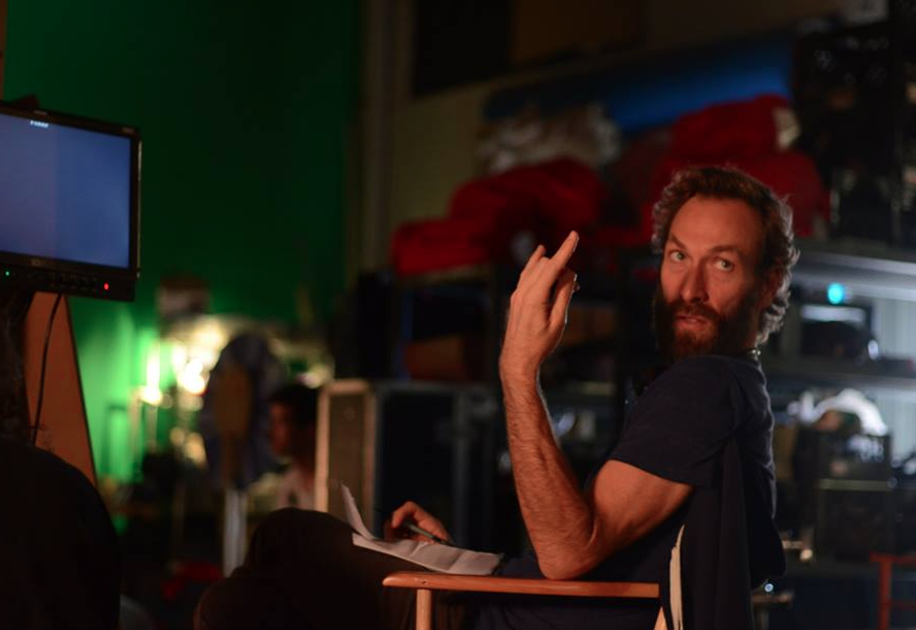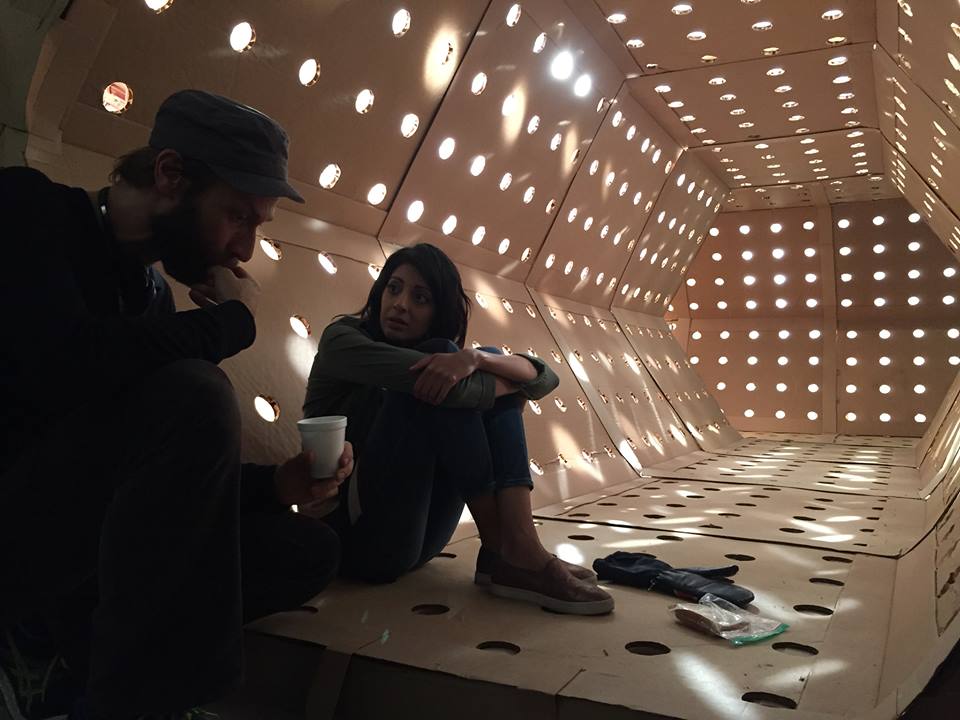New York Film Academy Improv instructor Bill Watterson’s directorial debut film, “Dave Made a Maze,” was recently highlighted in Variety as a ‘notable title’ in competition at Slamdance 2017. The festival, which launched in 1995 as an alternative to Sundance, has included showings of such notable titles as Oren Peli’s “Paranormal Activity.” The fest, which takes place at the Treasure Mountain Inn in Park City, Utah, from Jan. 20 to Jan. 26, will screen 19 movies: 12 world premieres, three North American debuts, and one U.S. launch. Slamdance alumni include Christopher Nolan, Marc Forster, Jared Hess, Lena Dunham, Benh Zeitlin, Seth Gordon, and Lynn Shelton.

Watterson also has a series of web shorts that he wrote and directed, which led to a TV deal with Brandio Entertainment. As an actor, he performed motion capture and voice over for the video games “LA Noire” and “Lost Planet 3”; appeared in the films “Ouija,” “Jenny’s Wedding,” and Clint Eastwood’s “Jersey Boys”; and TV credits include “Brooklyn Nine Nine,” “The Soul Man,” and “The Young & The Restless.”
We had a chat with the director and instructor before his upcoming January premiere at Slamdance.
Congrats on being accepted to Slamdance! Can you tell me what “Dave Made a Maze” is all about?
“Dave Made a Maze” re-imagines classic 80’s adventure films with a modern comedic edge and a higher body count. Dave, a frustrated artist, gets lost inside the cardboard fort he builds in his living room, and his girlfriend Annie must lead a band of oddball explorers on a rescue mission. The handmade fantasy world features the in-camera effects of puppetry, stop motion animation, and optical illusions.
How did the film come about?
A friend of mine from Second City started writing a whacked out script based on an anecdote I’d told him about my mother coming home and panicking that I had gotten lost in a pillow fort I’d made in my bedroom, even though I’d followed protocol and left a note saying I was having dinner at my friend John Richards’ house. She tore the fort apart looking for me. Steve had 60 pages by the next day. Eventually we zeroed in on the themes and started working together to finish the script.
How were you able to raise funds for the production?
We got some great talent attachments early on, drawing on contacts at Second City and work we’d done as actors. Some of our production design team came from “Robot Chicken,” and since the handmade look and animations in the film were so important, that caught a lot of investors’ eyes. The film is entirely independently financed.
Will we be seeing you on screen as well in this film?
I have a very brief cameo as a still photo on a keyboard box. It was such an ambitious film and we had so little time to prep and even less to shoot. It felt irresponsible to focus on anything other than directing.
As an improv teacher, what sort of advice or direction did you give your actors?
It’s always good to be in touch with your instincts, to respond honestly to the things happening before you, to be quick on your feet, and to ask yourself and your actors ‘what if?’ Those are foundational improv skills that also apply to directing. I definitely let the actors play around with dialogue to make sure they were comfortable and felt safe and supported, and because they’re all so gifted comedically. But we had a lot to get done, so I had to be careful not to let the train get off the tracks.

What do you hope to achieve at Slamdance? Are you looking for a distributor?
Right now, we’re meeting with sales agents to help us find a distributor at the festival. It’s an honor to be there, and we want to be sure to capitalize on the opportunity. We made a very strange movie, and I’m hoping to find like-minded people in Park City who enjoy the silliness and heart of the film.
What advice can you give to filmmakers looking to direct their first feature?
Take all your successful director friends out to lunch and pick their brains. Shadow them on one of their projects if they’ll have you, and take lots of notes. Ask your editor what they hate about directors they’ve worked with in the past, and what mistakes to avoid on set.
Read Sidney Lumet’s “Making Movies” and know your movie’s theme in and out, and filter all your decisions through that. Everybody wants to direct the movie; keep a small council, and defer to the best idea, whether it was yours or not. Know that the movie you shot will be different from the movie you edit; don’t fight it. Be grateful to the people who are working their butts off to bring your project to life. You cannot get anywhere without them.
Anything else you’re working on now or in the near future that you’d like to share?
I just walked out of a pretty huge meeting that I don’t want to jinx. I shot a series of shorts with a puppet that I’m almost ready to share, and I’m dusting off other pitches to have a better answer to this question come festival time!